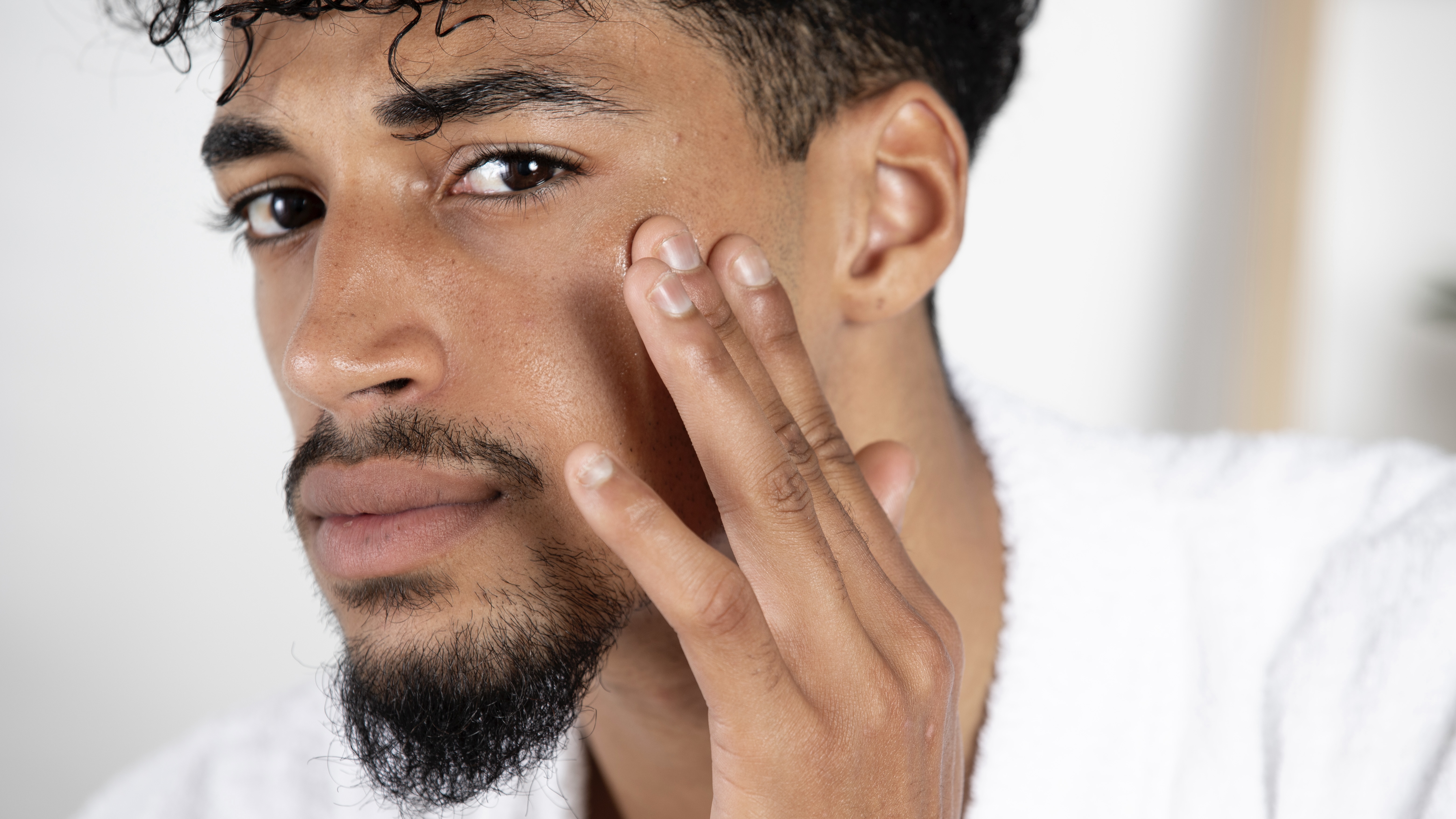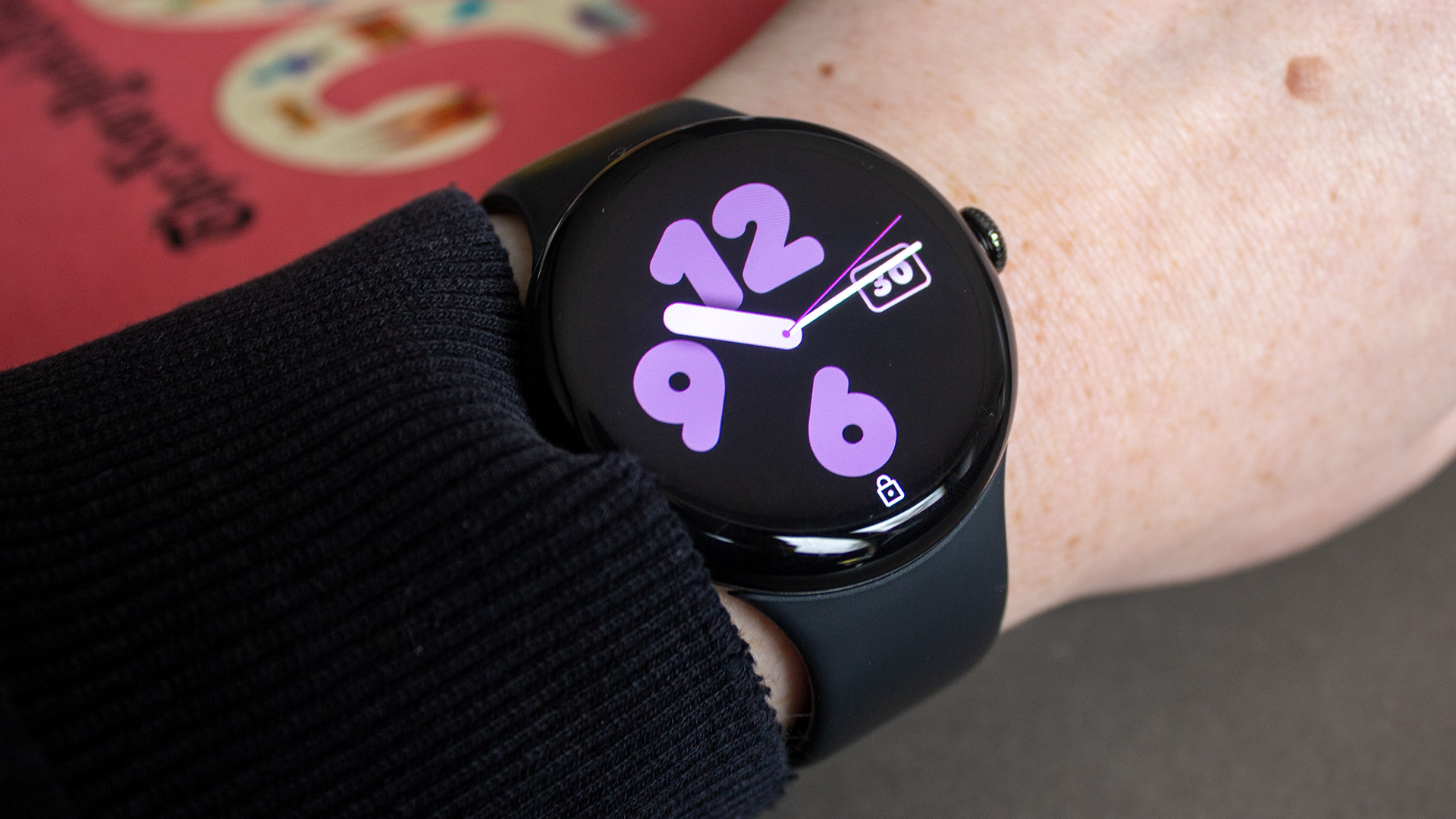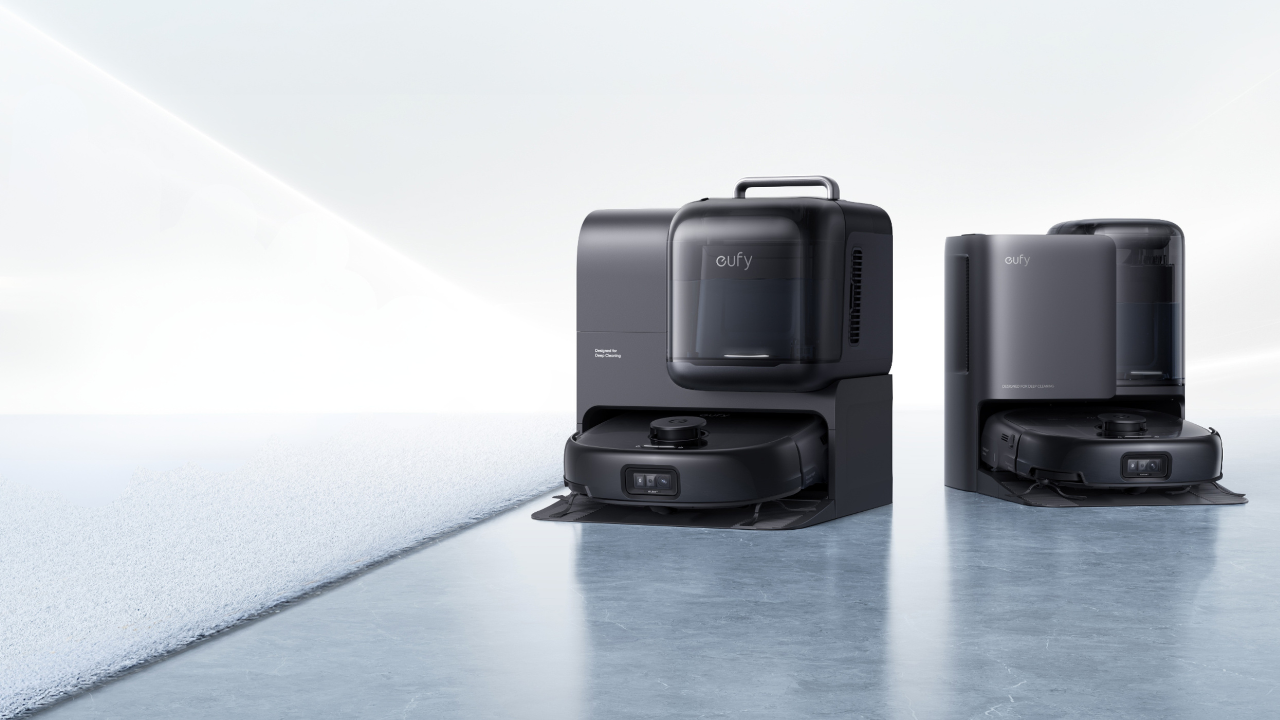

From scorching heatwaves to unexpected thunderstorms, the summer climate in the UK has been consistently humid. Whether you've got a solid summer skincare routine or not, this persistent humidity can take a toll on the skin, resulting in a range of common skin issues.
To find out more, I spoke to Dr Kaywaan Khan at Hannah London Clinic, who shared the five common skin problems in humid weather and how to treat them. From combatting congested skin to avoiding allergic reactions, keep reading to find out his tips on how to manage and protect your skin to maintain a healthy complexion all summer long.
1. Dull and congested skin
Humidity can create a sticky environment that traps dirt, oil and bacteria to the skin, causing our pores to become blocked and reducing our skin’s radiance and glow.
To combat this, it’s essential to double cleanse, starting with first an oil-based cleanser and followed by a gentle water-based cleanser. You should also exfoliate two or three times a week with a chemical exfoliant to remove dead skin cells and reveal cleaner, brighter skin. After your skincare routine is complete, hydrate the skin with a lightweight, oil-free moisturiser to maintain the skins suppleness and balance oil production.
2. Acne
In humidity, sweat production increases and this can lead to a build-up of oils and bacteria on the skins surface. Not only can this lead to acne breakouts, but increased oil production can prevent your skincare products from effectively penetrating the skin. This means that your acne-fighting skincare routine becomes less effective, making it even more challenging to maintain clear, healthy skin.
Opt for non-comedogenic skincare and makeup products to avoid clogging the pores further. Additionally, look for products containing salicylic acid or benzoyl peroxide to help kill acne-causing bacteria.
3. Ingrown hairs
Due to increased sweat and trapped moisture in the summer months, ingrown hairs can become prevalent. These can look like red, itchy bumps where the hair has grown back into the skin. You’re more likely to get ingrown hairs if you have coarse or curly hair, and they can appear more frequently when you shave or wax in certain areas.
Sign up to the T3 newsletter for smarter living straight to your inbox
Get all the latest news, reviews, deals and buying guides on gorgeous tech, home and active products from the T3 experts
To prevent and treat these pesky bumps, it is important to exfoliate the skin regularly with a gentle scrub to remove dead skin cells that can clog the hair follicles. If you do suffer with ingrown hairs, resist the urge to pick at it or tweeze the hair out, as this can increase the likelihood of infection. Instead, apply an antiseptic solution after hair removal to prevent the ingrown hair from forming and if it does, apply a warm compress to encourage the hair to surface.
4. Heat rash
High humidity prevents sweat from evaporating efficiently, which is the body's natural cooling mechanism. When sweat can't evaporate, it becomes trapped in the skin, leading to blocked sweat ducts and the development of heat rash. Heat rash, also known as prickly heat, is a common skin irritation that can appear in the form of small red bumps or blisters which are itchy and uncomfortable.
To help soothe redness and inflammation, take a cool shower and apply a calamine lotion afterwards to reduce itching. Wear loose, breathable cotton fabrics to avoid friction which can cause more inflammation and allow your skin to breathe. When dealing with a heat rash, do not use perfumed products or scratch it as this can cause more itchiness. Instead, apply a cold compress to the area for up to 20 minutes to relieve any discomfort.
5. Allergic reactions
Allergens such as pollen, mold and dust mites thrive in humid conditions. High humidity levels encourage mold spores to multiply and dust mites to flourish, whilst pollen grains can become more pervasive in the air. This can easily trigger common allergic reactions such as rashes, hives or itchy skin.
The first step to combatting this issue is to determine what the cause of your triggers is. For example, if mold is a trigger, check for damp areas in your home and use one of the best dehumidifiers to ensure proper ventilation. If pollen is your trigger, keep windows closed during high pollen seasons and take over the counter antihistamines to help relieve symptoms. For dust mites, use an allergen-proof mattress and pillow covers and wash your bedding regularly with hypoallergenic detergent. In case of an allergic reaction, applying over-the-counter hydrocortisone cream can reduce inflammation and itching.
Check out the 5 ways to protect your hair in the heat, according to beauty experts next.

Lizzie is T3's Home Living Staff Writer, covering the latest in style, wellness and beauty tech. From skincare gadgets to vacuum cleaners, she's your go-to for trends and top recommendations.
When not writing, Lizzie enjoys mooching around Bath, spending time with loved ones, or testing her review units – often during an enthusiastic cleaning spree!
-
 7 habits that are making you look older, according to a doctor
7 habits that are making you look older, according to a doctorYou better stop if you're doing any of these!
By Lizzie Wilmot
-
 Omnilux Clear review: this acne-fighting LED mask lights the way to a clearer complexion
Omnilux Clear review: this acne-fighting LED mask lights the way to a clearer complexionThe Omnilux Clear might be pricey, but our blemish-prone tester says it’s worth every penny
By Joanna Ebsworth

